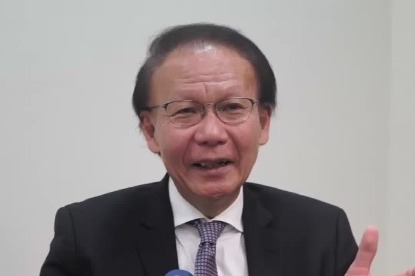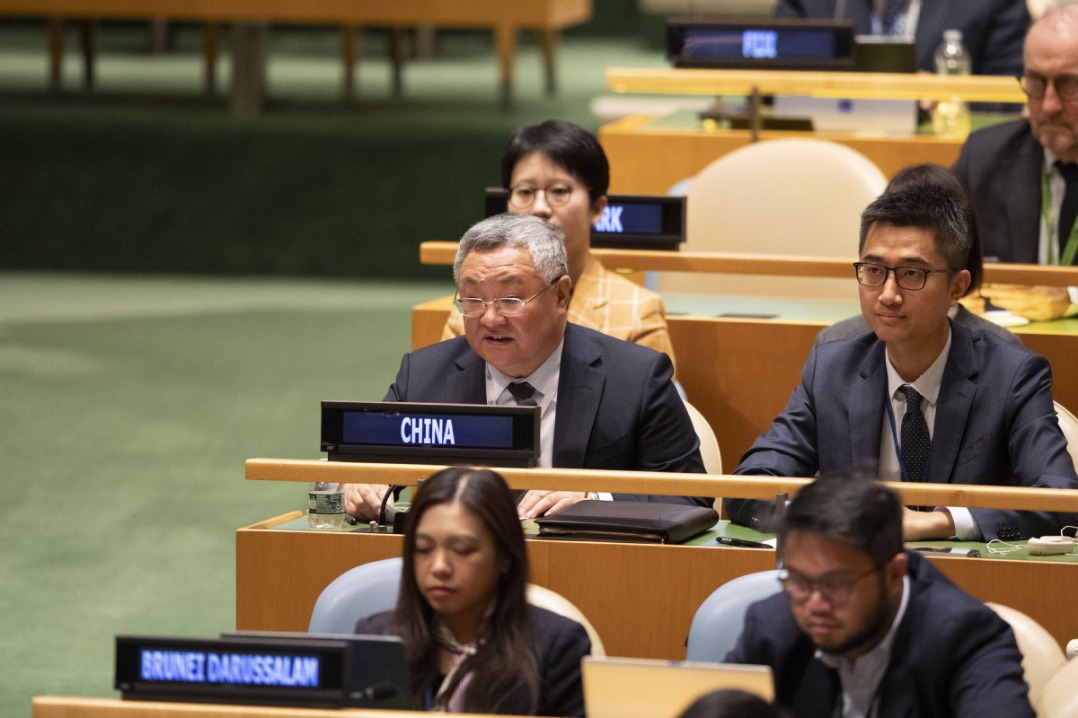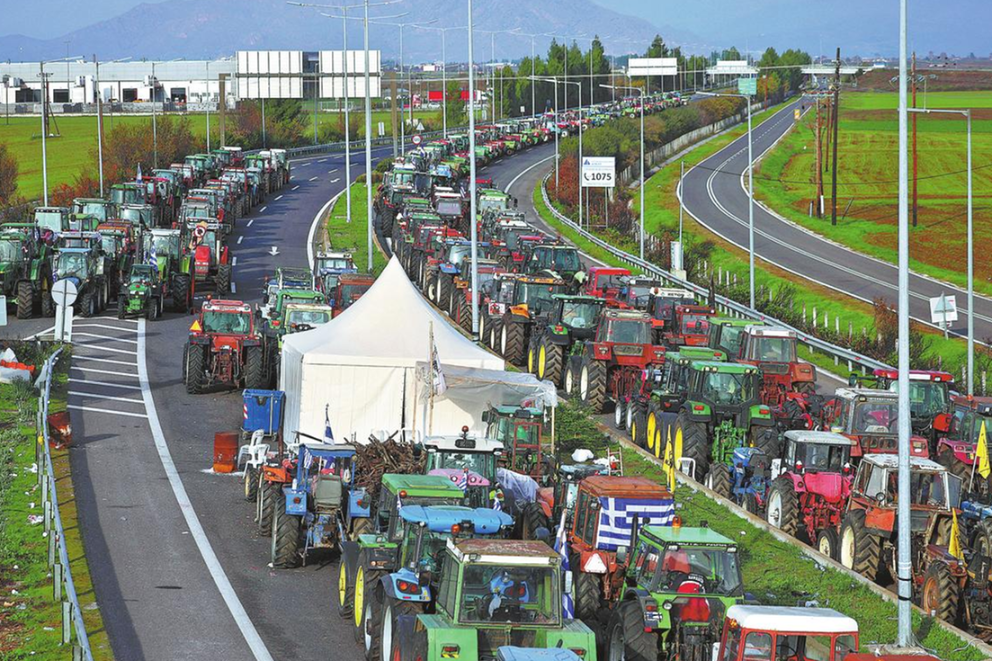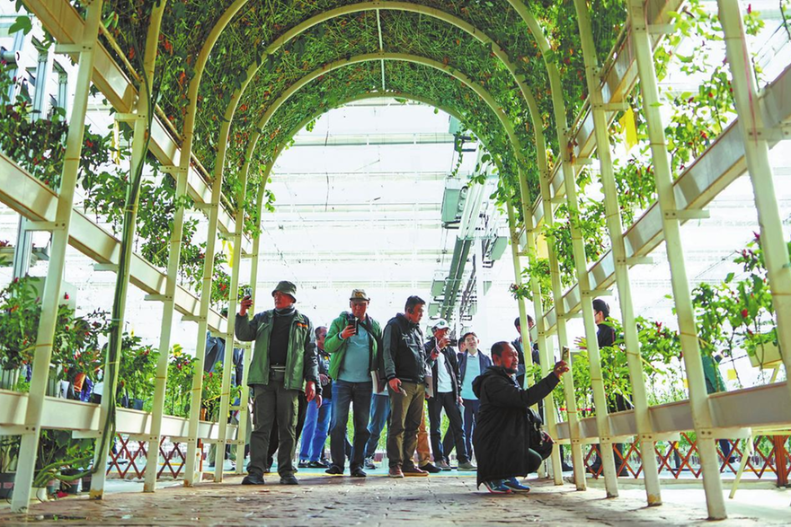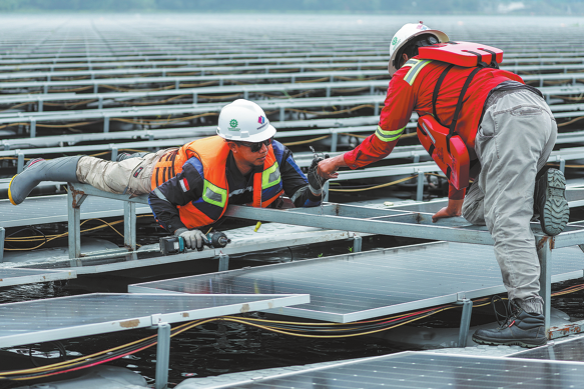Free trade zone sets out to boost Africa economy

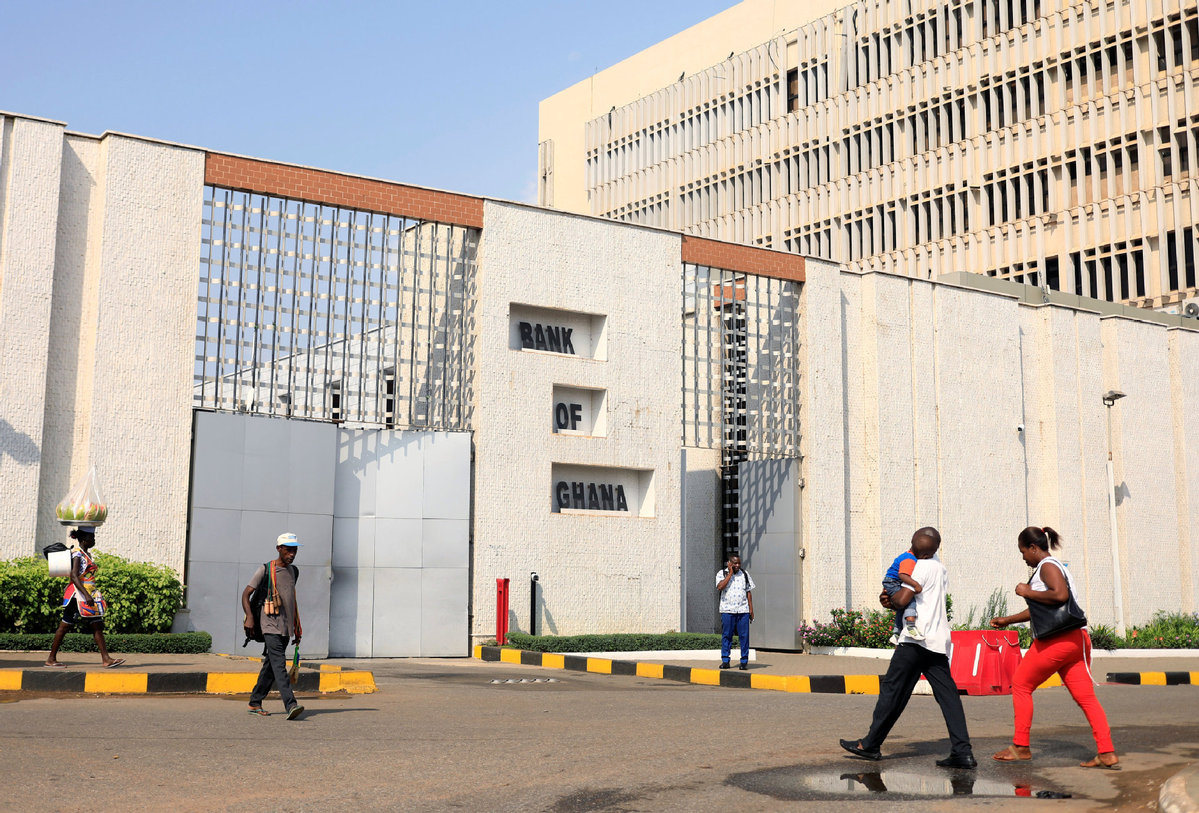
However, infrastructure deficit may hinder the progress of building AfCFTA
Chinese entrepreneur He Liehui boarded a flight to Ghana and visited Africa for the first time 18 years ago. Now his businesses have landed on more than 20 African countries, after knocking on the door of each market one by one
"The process was extremely difficult, due to a lack of understanding of the culture and laws of different African countries," said He, founder and president of the Touchroad International Holdings Group, a multinational business engaging in international trade, cultural exchanges, tourism, and special economic zone construction in Africa.
To cite a few examples. His T-shirt business failed in Ghana, he lost large amounts of money when he first entered Nigeria, and he also had other experiences, like escaping from an arsenal explosion and stray bullets.
African countries all have different rules and regulations, and each market has its unique features. The experience of doing business in one country could hardly be copied in another, said Tang Xiaoyang, a researcher on Africa studies at Tsinghua University in Beijing.
"Having many scattered markets has long been an important factor that makes it difficult for traders and investors to expand their business on the African continent, and hinders the economic development of Africa," he said.
However, the grand plan of building the African Continental Free Trade Area will definitely bring great economic momentum to the continent when it is completed.
The AfCFTA was first signed in March of 2018 by 44 countries that pledged to boost intra-African trade by removing trade barriers, increasing investments in industrialization and infrastructure expansion and consequently creating jobs for the world's fastest growing labor force.
So far, 49 of the African Union's 54 member states have signed the African Continental Free Trade Area agreement, and 13 countries have ratified it, while 12 others are in advanced stages of obtaining parliamentary approval for ratification, according to the AU.
A minimum of 22 countries are required for the AfCFTA to come into force.
Once realized, the AfCFTA will create the biggest trading bloc in the world - 1.2 billion people with a GDP of over $3 trillion, according to the United Nations Economic Commission for Africa.
It will buoy consumer spending to about $1.4 trillion in 2020 and increase intra-Africa trade by as much as $35 billion per year, or 52 percent above the baseline, by 2022, UNECA says.
Under the AfCFTA, the phasing out of tariffs will be applied gradually over five years for developing countries and 10 years for the least-developed ones. For sensitive products, there is an even longer phaseout period of 10 years for developing countries and 13 for the least-developed.
Currently, intra-Africa trade has been low, at about 16 percent of the continent's total exports, compared with intra-Asia trade, at 59 percent, and intra-Europe trade, at 69 percent, according to UNECA. Moreover, local manufacturers have faced the highest tariffs globally, at 6.9 percent, when trading within Africa.
AU Director for Trade and Industry Treasure Maphanga said that industrialization and infrastructure are at the core of the AfCFTA. Currently, 42 percent of intra-African trade is made up of manufactured goods.
The AfCFTA will also bring better opportunities to partners outside the continent.
"For us, the AfCFTA is a sensible solution. It is good for Africa; it is good for our partners," she said.
He Wenping, a senior researcher at the Chinese Academy of Social Sciences, said that a single market has long been a target for the continent, as African countries long for integration.
"In Africa, the markets are segmented and each of them are relatively small, which makes it difficult for the continent to realize industrialization, " she said. "A single market will benefit industrialization, and industrialization will also push forward the development of a single market."
She said some regional organizations have already made great progress in facilitating regional free trade in the recent years, including the East African Community.
Five East African countries - Burundi, Kenya, Rwanda, Tanzania and Uganda - resolved to boost economic integration and continental trade facilitation by making trade between them and other countries cheaper, faster and simpler on Dec 13.
In a joint statement issued in Nairobi, the five countries vowed to implement trade facilitation reforms including reducing "non-tariff barriers" such as burdensome and incompatible product regulations.
He said, however, that the process will not be easy, as the economic development in different countries in the continent are at different stages.
"When countries are of similar levels of economic development, it will be easier to make unified tariff policies and even fiscal policies, but when they are at different levels of development, a single market will be more difficult to realize," she said.
For example, as a free trade area supports the free flow of labor, then a country that is at a much higher level of economic development in Africa might be worried that labor forces in a neighboring poor country might all want to rush into its market.
Currently, the infrastructure deficit is still common in many African countries, and the lack of railway or flight networks between neighboring countries could also hinder the progress of the building of the AfCFTA, she said.
Lucie Morangi and Xinhua contributed to this story.
















